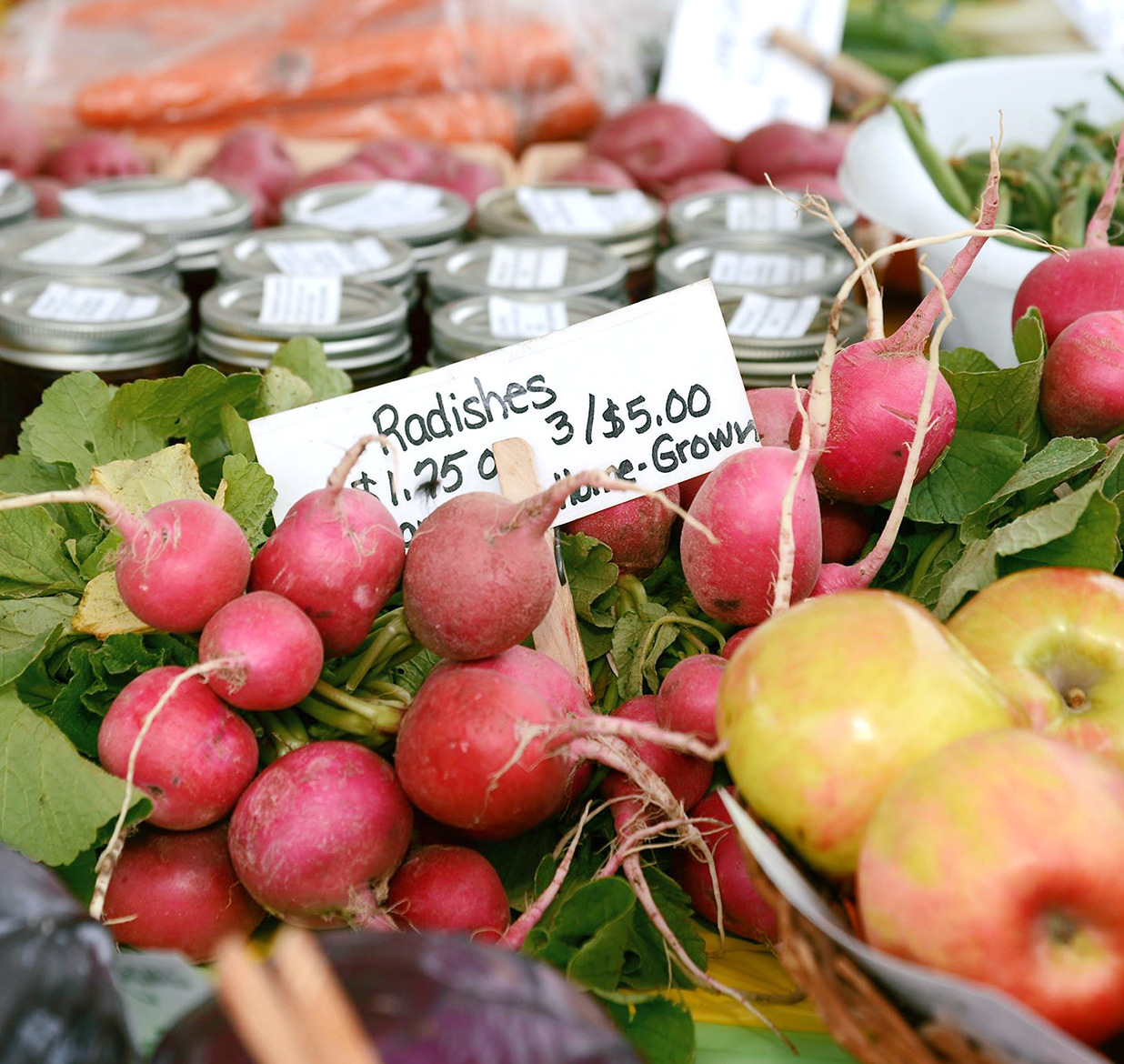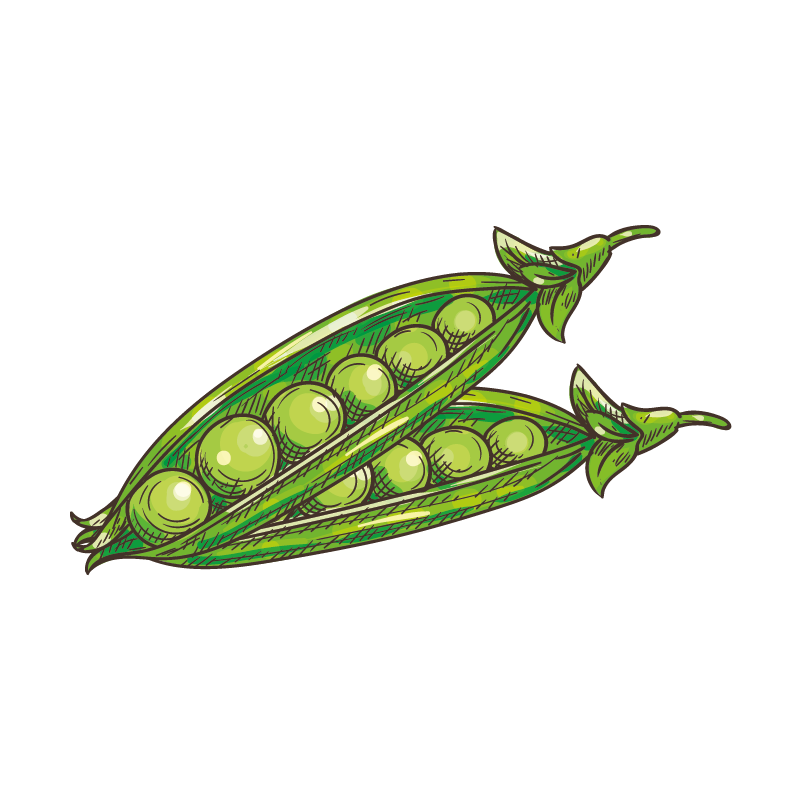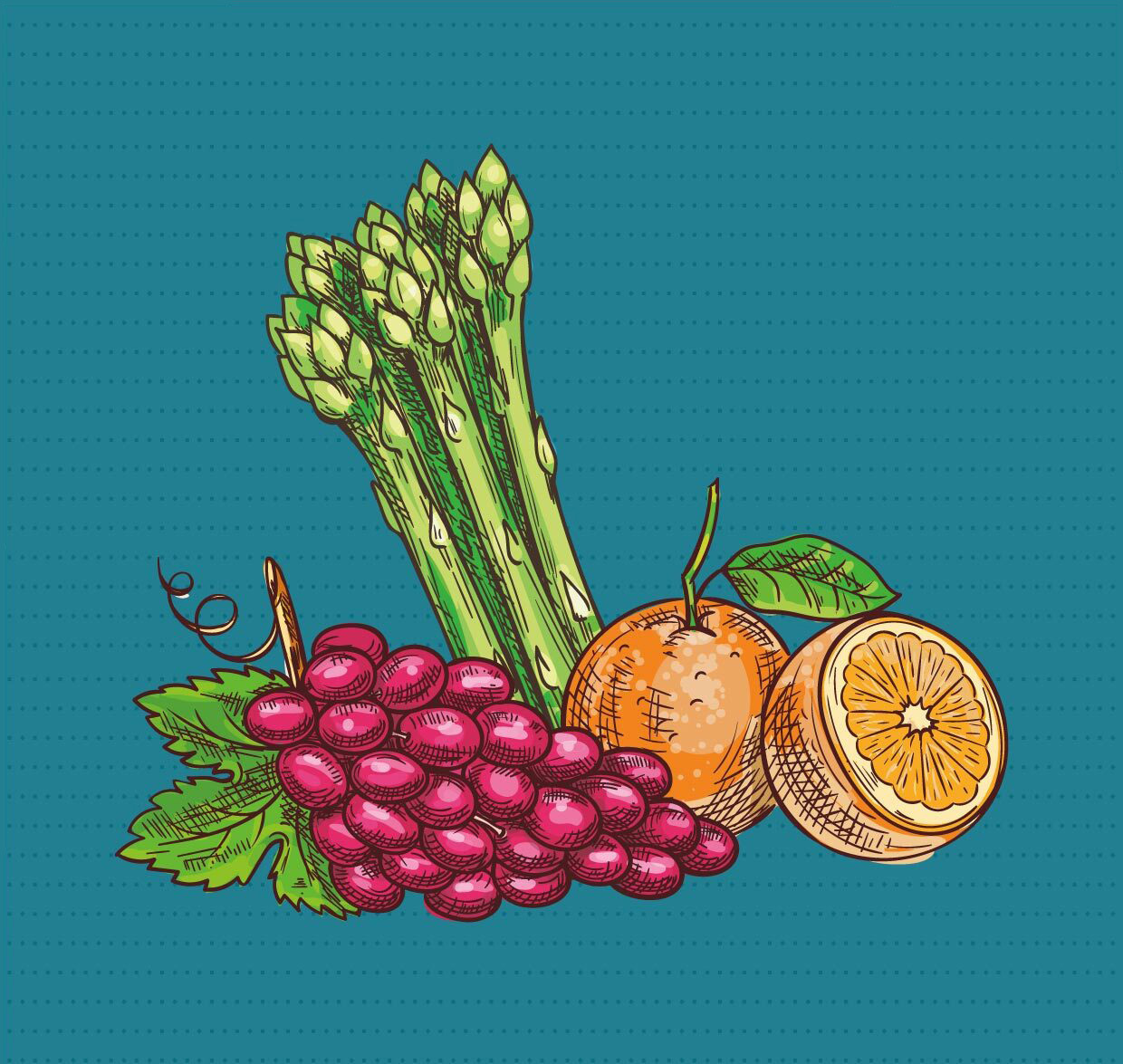
Farm to School
What is Farm to School (F2S)? It certainly represents more than just “buying local.” It’s a mindset and an approach to connecting food education to the process of growing healthy kids.
F2S activities include planting gardens, visiting farms, and using locally grown ingredients in menus. It also includes teaching kids to cook with local foods and bringing farmers to the schools to teach kids about farming and food production.

Farm to School
What is Farm to School (F2S)? It certainly represents more than just “buying local.” It’s a mindset and an approach to connecting food education to the process of growing healthy kids.
F2S activities include planting gardens, visiting farms, and using locally grown ingredients in menus. It also includes teaching kids to cook with local foods and bringing farmers to the schools to teach kids about farming and food production.
About Farm to School
As (Former) Agriculture Secretary Tom Vilsack has said, “an investment in the health of America’s students through farm-to-school activities is also an investment in the health of local economies. We know that when students have experiences such as tending a school garden or visiting a farm, they’ll be more likely to make healthy choices in the cafeteria. We also know that when schools invest their food dollars in their local communities, all of agriculture benefits including local farmers, ranchers, fishermen, food processors, and manufacturers.”
Farm-to-School programs exist in every state in the nation. According to the 2015 USDA Farm to School Census, 42% of districts that responded to the survey say they participate in Farm to School activities. That’s 5,254 districts and 42,587 schools! As a result, 23.6 million school children now have access to local food at school. These programs help them develop healthy eating habits and understand what goes into growing the food that ends up on their plates.
The cornerstone of any Farm to School program is creating procurement relationships with local farmers and producers. For guidance for implementing F2S in your district, check out our Farm to School Procurement section. Also be sure to utilize our farm to school recipes!

“An investment in the health of America’s students through farm-to-school activities is also an investment in the health of local economies.”

“An investment in the health of America’s students through farm-to-school activities is also an investment in the health of local economies.”

Harvest of the Month
What is Harvest of the Month?
Harvest of the Month (HOTM) is an ongoing program that encourages students to become engaged in the importance of local food, seasonality, and sustainability. Each month, the district features a different fruit or vegetable that reflects the growing season in your state.
Understanding our agricultural footprint is vital to the future of our kids’ health and our planet. A school meal program incorporating a Harvest of the Month (HOTM) model creates multiple opportunities for students to experience and learn about local food. With HOTM as your school meal theme, nutrition education and marketing activities can educate students about seasonal, local, and healthy foods. In addition, HOTM programs can often lead to students taking lessons home, which supports both parents and kids in making healthy choices in their daily lives. Incorporating nutrition education and marketing tools such as HOTM tasting events, chef demonstrations, rainbow days, student art contests, Harvest of the Month collector cards, harvest festivals, farm visits, farmer’s market days, and school gardens are all part of a comprehensive Farm to School program.

Harvest of the Month
What is Harvest of the Month?
Harvest of the Month (HOTM) is an ongoing program that encourages students to become engaged in the importance of local food, seasonality, and sustainability. Each month, the district features a different fruit or vegetable that reflects the growing season in your state.
Understanding our agricultural footprint is vital to the future of our kids’ health and our planet. A school meal program incorporating a Harvest of the Month (HOTM) model creates multiple opportunities for students to experience and learn about local food. With HOTM as your school meal theme, nutrition education and marketing activities can educate students about seasonal, local, and healthy foods. In addition, HOTM programs can often lead to students taking lessons home, which supports both parents and kids in making healthy choices in their daily lives. Incorporating nutrition education and marketing tools such as HOTM tasting events, chef demonstrations, rainbow days, student art contests, Harvest of the Month collector cards, harvest festivals, farm visits, farmer’s market days, and school gardens are all part of a comprehensive Farm to School program.
Start your Harvest of the Month planning by designating a featured fruit or vegetable for every month of the school year. We suggest incorporating these foods into your monthly menu so that kids can also experience the produce in a meal. Take advantage of our farm-to-school recipes and our Harvest of the Month collector cards, posters, and stickers to help develop your program.
Tools & Resources
- Slow Food Denver Youth Farm Stands Toolkit
- USDA Community Food Systems ‒ Procuring Local Foods for Child Nutrition Programs
- USDA Community Food Systems ‒ Farm to School Census
- The USDA Farm to School Planning Toolkit
- Farm to School and Nutrition Education: Positively Affecting Elementary School-Aged
- Children’s Nutrition Knowledge and Consumption Behavior
These studies reiterate the USDA Farm to School Census findings, indicating that strong Farm to School programs can positively impact the consumption of fruits and vegetables, leading to reductions in plate waste.
More Lunchroom Education Activities






